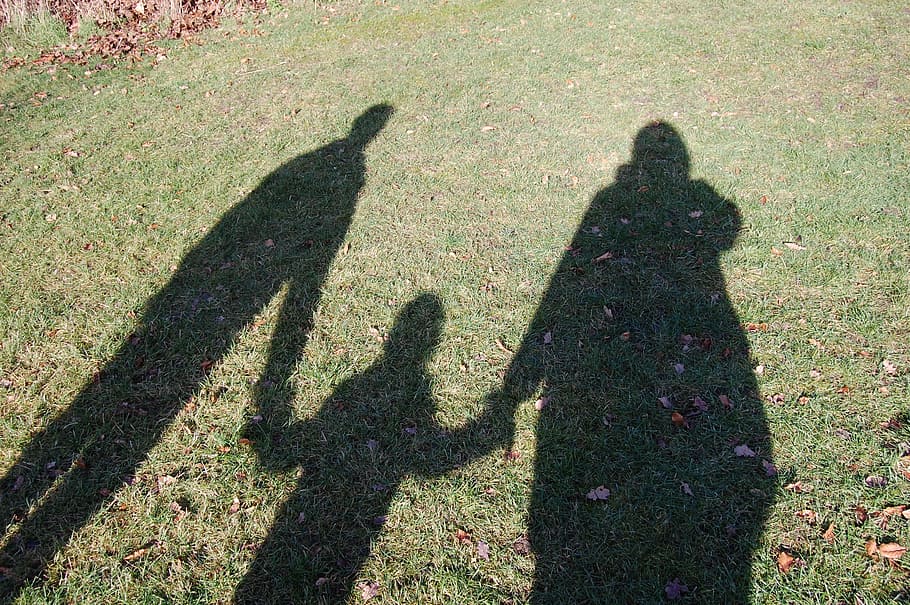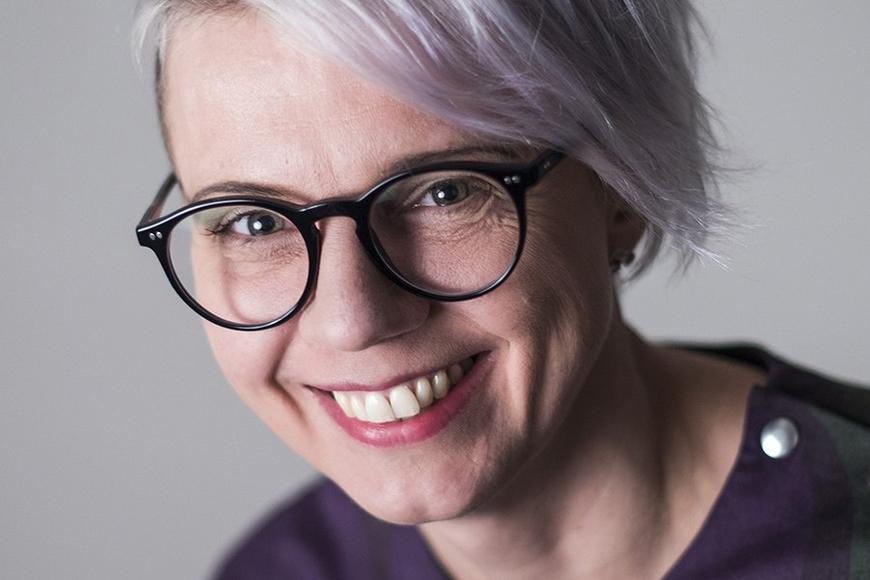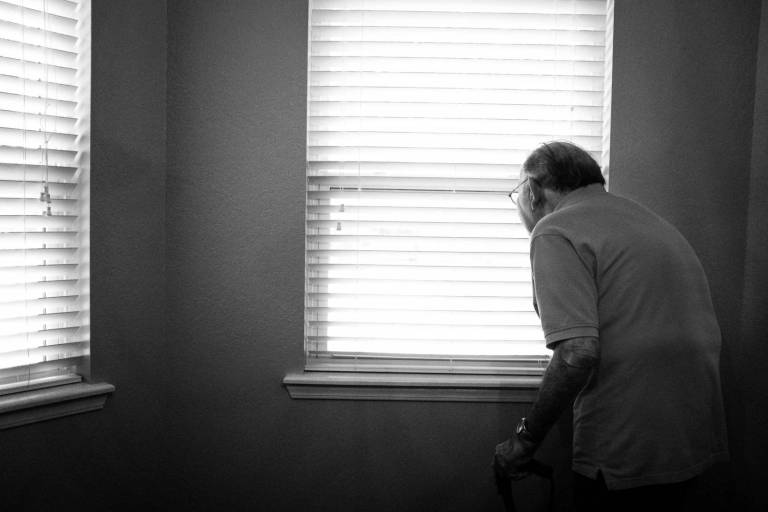Statistics cannot describe those feelings of relief, deepened relationships, or the increased boldness to say our thoughts out loud that a serious condition can bring to our everyday lives. To better understand life with cancer, we will also need information related to everyday life with cancer, along with statistical and medical information.
On a Thursday in September 2016, I was sitting home at my desk, working on some part of my then-in-progress dissertation. The house had finally quieted down, since my mother had arrived to babysit my almost two-year-old daughter, put her in a stroller with some sandbox toys, and gone to a nearby park. However, my peaceful working was soon interrupted by the sound of a text message. It was 9:51, and the message read:
“Morning. It’s cancer on the left side like I sort of expected. The right will also be removed. This will start the normal cancer hassle. You probably know it pretty well. I’m just asking it written down.”
With a text message, we learned that someone close to our family had been diagnosed with cancer. It was hard for me to continue working, despite having examined what begins to happen in similar situations for years, on the grounds of my dissertation: how everyday life continues after the cancer diagnosis, how life becomes structured, and how it either is or is not gotten under control.
Statistics do not tell what happens in the everyday life of a person with cancer
According to the statistical report of Cancer registry of Finland (Suomen Syöpärekisteri), 34,372 new cases of cancer were reported in Finland in 2018 (Pitkäniemi et al. 2020, 2) (in Finnish). Of these cases, breast and prostate cancer were the most common forms of cancer, so everyday life with them is also the focus of this research. In 2018, nearly 5,000 women were diagnosed with breast cancer, and slightly more than 5,000 men were diagnosed with prostate cancer (ibid. 16). While these are the most common forms of cancer in Finland, according to relative survival numbers, over 90 percent of those that have cancer are alive five years after their diagnosis (ibid. 25). In light of statistical information, it seems that quite many continue their lives, despite being diagnosed with either breast or prostate cancer.
However, statistics poorly describe life with cancer. They cannot tell anything about the worry, uncertainty and fear that, for example, a single text message brought to the lives of my family on that Thursday morning in 2016. Statistics also cannot describe those feelings of relief, deepened relationships, or the increased boldness to say our thoughts out loud that a serious condition can bring to our everyday lives. To better understand life with cancer, we will also need information related to everyday life with cancer, along with statistical and medical information.
Background of encounters with people diagnosed with cancer
My interest in researching the everyday lives of people diagnosed with cancer began with my occupational encounters. I worked as a social worker of specialized health care for those with breast or prostate cancer and their loved ones. In a health care environment that focuses on the fields of medicine and treatment, the goal of social work is to influence the lives of an individual and their family in a way that, despite conditions or injuries, their financial income, social performance, and societal participation continue as problem-free as it can (Lindén 1999, 55). In other words, in encounters with those diagnosed with breast or prostate cancer and their loved ones, a social worker becomes the professional of everyday life, who has their antennae pointing at the life outside of the hospital (Holmberg 2014, 235).
The self-evident and complicated everyday life
But what exactly is everyday life? Lovely routines, self-evident things, or exhausting responsibilities? In the words of my dissertation opponent Eeva Jokinen (2005, 11), “the everyday is both necessary and terrorizing at the same time”. In my research, the everyday becomes necessary when it, with its routines and habits, provides safety and other ways to have control on a condition. The everyday becomes terrorizing, if it, with its people, routines, and responsibilities, increases the burdens caused by our condition or forces us to assume identities that do not feel like our own. For example, if the condition makes it harder to work as well as before, or if the condition of a loved one makes someone feel more like a caregiver than a spouse.
The conflicts between the necessary and the terrorizing sides of the everyday reveal how the everyday, which is seen as self-evident, contains tensions and imbalances of power that guide the everyday actions of those diagnosed with breast or prostate cancer and their loved ones. While we might think that the everyday life which the affected people return to from the hospital, is personal and private to them, cultural and societal evaluations strongly affect how their condition is thought of in everyday environments. For example, how should someone with breast or prostate cancer act, dress, or generally react to their condition?
The ways that cancer is discussed publicly or the mental images that are associated with the condition guide our understandings of the condition. In this way, culture and the public world push inside the privacy of everyday life. However, this pushing is not one-sided, as the everyday that we see as private and its actions make it possible to change the cultural understandings of cancer, which are often seen as narrow.
The concrete, social, temporal, bodily, and political everyday life with cancer
My research material consists of texts about everyday life with cancer that have been written by those with breast or prostate cancer and their loved ones. With this written research material, I have examined different meanings that come from the condition and the everyday as a part of life. I create a conceptual frame for the everyday life with cancer, in which I examine the concrete, social, temporal, bodily, and political meanings of the everyday.
In my research, the concrete everyday refers to actions that people have a habit of doing, as well as the spaces that people move in. We go to work, hobbies, make food, and watch television. With breast or prostate cancer, our habits or actions in familiar places might change. We might have to learn to use a breast prosthetic or erectile medication, and rethink who will take care of which daily household chores. Changes that the condition causes to controlling the everyday life can hurt the people living in it, but taking care of routines can also bring comfort, which supports adapting to the condition.
The illness is reflected socially in the everyday life and it becomes structured with temporal rhythms
In my research, the social dimension of cancer refers to how the condition becomes a part of the everyday in relation to other people. While interacting with other people, we negotiate what it is like to be ill and how the condition affects our other everyday identities, such as our position as a parent, a spouse, a woman, or a man. The social reflection of the illness also creates contradictions to the everyday, if the ill person does not feel ill, but is still treated like an ill person, or if they want assume the identity of an ill person, but the other identities of their everyday life makes it impossible.
What about temporality? What meaning does time have in the everyday life with cancer? In my research, temporality of the everyday refers to movement in many temporal frames: the past, the present, and the future, as well as days, months, and years. Sometimes life can fit into a single hour or minute at a time. (Holmberg 2020, 88.) The different temporal rhythms of the everyday show how cancer can temporarily stop everyday life or add more time that is spent in it. The past becomes a way to create contrast with the current condition or to find reasons for it. However, the condition does not stop time from moving forward. Persons with cancer and their loved ones put themselves on the continuity of time and the everyday according to their existing resources, whether the condition is curable or incurable.
The body lives and senses the everyday
In the everyday life with breast or prostate cancer, the body becomes a tool for living the everyday life (Merleau-Ponty 2012, 84) that can sense the condition and the everyday. People need a body to perform their daily activities, maintain their social relationships, and move from place to place (Holmberg 2020, 95).
The bodily changes caused by cancer are visible in everyday life, and they can be felt as different types of physical, mental, and cultural limitations, which lead to cancer being interpreted as both a distinct part of the body that can be removed and treated, as well as an internal bodily state that remains in the body and the everyday (ibid. 95). Despite multiple limitations caused by the condition, the body is visible in the everyday as an active operator, which makes it possible to come to terms with the physical changes and enjoy living.
The politicalness of everyday life with the condition?
And what does everyday life with breast and prostate cancer have to do with politicalness? My research focuses on messages that are sent from the everyday lives of people living with breast and prostate cancer to the rest of society. Descriptions of encounters in health care, successes or faults that are in it, and how societal help would have been needed, and might have been asked for but was not given (Holmberg 2020, 104), show how everyday needs and institutional and public actions often ignore each other. The politicalness of the everyday makes it visible how the burden of everyday life becomes heavier, if along with their cancer, ill persons have to struggle with their other burdens, such as financial scarcity, lack of a support network, or relationship problems.
Cancer is a stranger that can be tamed in everyday life
With my research, I can verify how cancer becomes a visitor in the everyday that interrupts its conventionality. And still, the everyday can tame this stranger into something familiar. Despite its taming, cancer cannot leave the everyday, but lives on with people in their memories and lived experiences, which can turn cancer back into a stranger of the everyday again, at almost any time (Holmberg 2020, 113). This strangeness can create uncertainty in the everyday but can also be a factor that makes it possible to create new working schedules, such as change the direction of an unsatisfying everyday life or focus on enjoying its little self-evident things (ibid. 113). Additionally, the meanings of everyday life are also a crucial part of building the experience of cancer. On the level of experiences, a medical diagnosis only becomes real for a person when it becomes meaningful in relation to the varied contents of their everyday life (ibid. 114).
With my research, I want to start a discussion on the everyday, with its different concrete, social, bodily, and political viewpoints that can be observed as a part of the psychosocial support and treatment of people living with cancer.
Suvi Holmberg’s dissertation “Arki ei pysähdy: Tutkimus elämästä rinta- ja eturauhassyövän kanssa” was evaluated in the Faculty of Social Sciences of Tampere University on May 29, 2020. Professor Eeva Jokinen from University of Eastern Finland acted as the dissertation opponent and professor Kirsi Juhila from Tampere University acted as the custos. The text in this article is based on Suvi Holmberg’s lectio. This dissertation can be found at: https://trepo.tuni.fi/handle/10024/120810
SOURCES
Holmberg, S. (2014). ”Eräänlainen vedenjakaja elämässäni” – arjen muuttuva rytmi rintasyöpään sairastuneiden naisten elämässä. In: A. Metteri, H. Valo-kivi & S. Ylinen, ed., Terveys ja sosiaalityö, 1st ed. Jyväskylä: PS-kustannus, pp. 207–241.
Holmberg, S. (2020). Arki ei pysähdy: Tutkimus elämästä rinta- ja eturauhassyövän kanssa. Tampere University Dissertations 252. Tampere: Tampereen yliopisto.
Jokinen, E. (2005). Aikuisten arki. Helsinki: Gaudeamus.
Lindén, M. (1999). Terveydenhuollon sosiaalityö moniammatillisessa toimintaympäristössä. Sosiaali- ja terveysalan tutkimus- ja kehittämiskeskus. Raportteja 234. Saari-järvi: Gummerus Kirjapaino Oy.
Merleau-Ponty, M. (2012/1945) Phenomenology of perception. Abingdon: Routledge.
Pitkäniemi J., Malila N., Virtanen A., Degerlund H., Heikkinen S. and Seppä K. (2020). Syöpä 2018. Tilastoraportti Suomen syöpätilanteesta. Suomen Syöpäyhdistyksen julkaisuja nro 93. Helsinki: Suomen Syöpäyhdistys.






